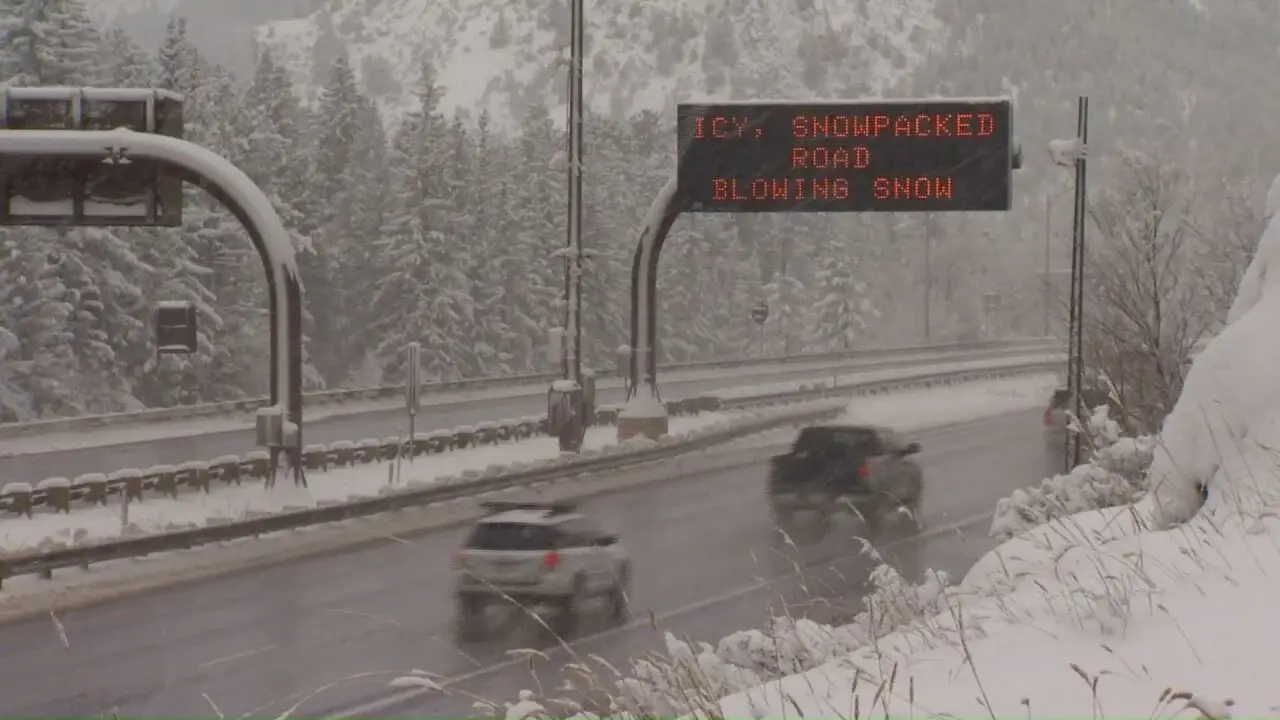

Breaking Down Colorado’s Strict New Passenger Vehicle Traction Law
Popular Stories
As the snow starts to fly in the Colorado High Country, skiers, riders, and mountain enthusiasts need to pay closer attention to the state’s winter driving rules. The Colorado Department of Transportation (CDOT) has updated the Passenger Vehicle Traction Law to help cut down on highway closures and keep I-70 moving, particularly along the critical mountain corridor between Dotsero and Morrison. This law is in effect from September 1 through May 31 on this stretch, and it can be activated on any state highway when conditions require it.
The Non-Negotiable: Tire Tread Depth
The most crucial detail for all motorists is the tire requirement. Whether you drive a sedan, a crossover, or a big truck, you must ensure your tires have a minimum tread depth of at least 3/16 of an inch. If you’re unsure how to check this, the "easy quarter test" is a helpful trick: if the top of George Washington's head is covered when you place a quarter upside down in the tread, your tire is good.
Breaking Down the Requirements by Drivetrain
The new law introduces a significant difference between two-wheel drive (2WD) vehicles and those with all-wheel drive (AWD) or four-wheel drive (4WD).
Two-Wheel Drive (2WD) Vehicles
The most impactful change is for 2WD vehicles. Under the updated law, if the Passenger Vehicle Traction Law is in effect, you must have chains or an approved Alternative Traction Device (ATD) installed on two or more drive tires. There is now no tire-only option for 2WD vehicles to comply with the law. Therefore, if you are driving a 2WD vehicle on I-70 or any road where the Traction Law is active, you must be prepared to affix chains or an ATD.
All-Wheel Drive (AWD) and Four-Wheel Drive (4WD) Vehicles
For AWD and 4WD vehicles, the law is slightly more flexible, provided you meet the required tire standards. To comply, you must have one of the following:
- Tires with a tread depth of at least 3/16-inch that are rated as mud and snow (M+S), all-weather, or winter tires (with the mountain-snowflake icon).
- Alternatively, you can comply by having chains or an approved ATD installed on two or more drive tires.
Many drivers previously thought having AWD was enough. Now, your AWD or 4WD vehicle must also be equipped with properly rated tires that meet the minimum 3/16-inch tread depth.
Sign Up for the TGR Gravity Check Newsletter Now

The Passenger Vehicle Chain Law: The Final Warning
The Traction Law is one restriction, but in severe winter storms, CDOT will implement the more stringent Passenger Vehicle Chain Law. This is considered the final safety measure before a highway is shut down. When the Chain Law is active, every single vehicle—2WD, AWD, and 4WD—is required to have chains or an approved ATD installed on at least two drive tires. Simply having M+S or all-weather tires is not enough under this restriction.
What Happens If You Violate the Law?
The penalties for non-compliance are serious and can ruin your mountain mission before it even starts.
- Non-compliance Fine: Up to a $50 fine plus a $17 surcharge.
- Stuck and Blocking Traffic: If a lack of proper equipment causes you to become stuck and block the roadway, the fine can jump to $1,000 plus a $157 surcharge.
CDOT aims to make the drive to world-class resorts like Keystone and Arapahoe Basin smoother for everyone. This is especially important as more people flock to the mountains, some of whom may not be familiar with challenging winter driving conditions. Preparation and knowing your line are key to success, both on the mountain and getting to it. This winter, make sure your vehicle is prepared to handle the I-70’s winter conditions.



